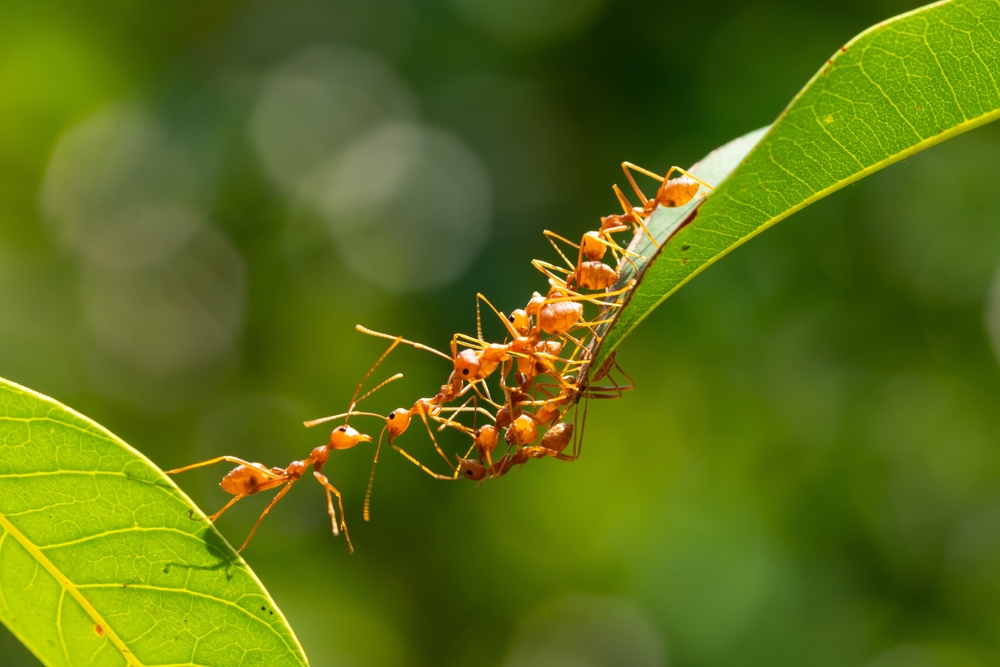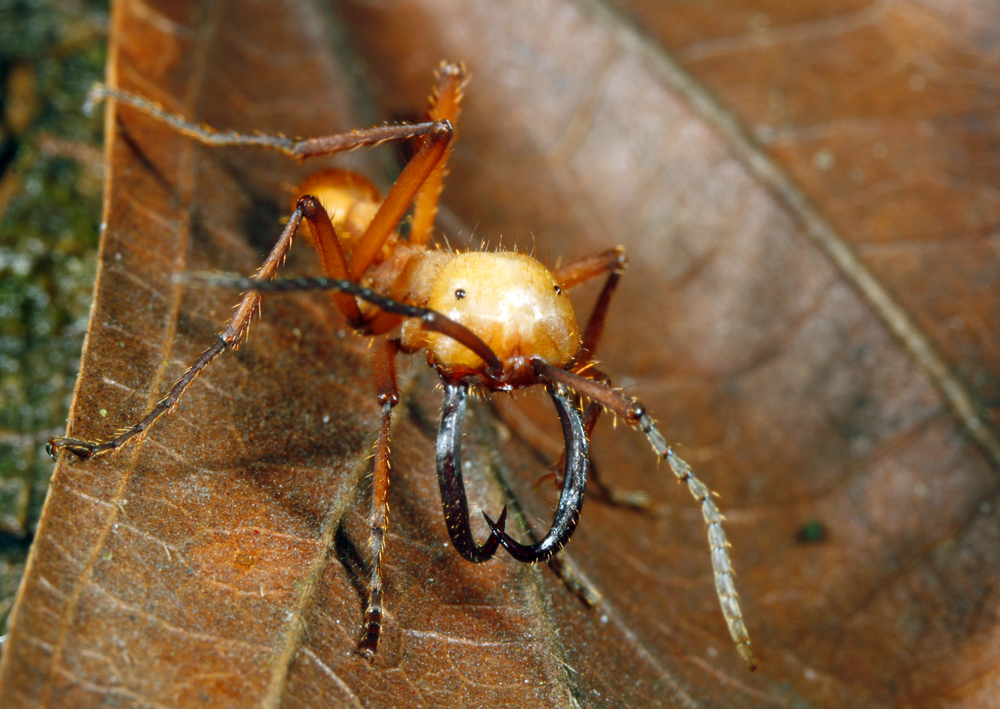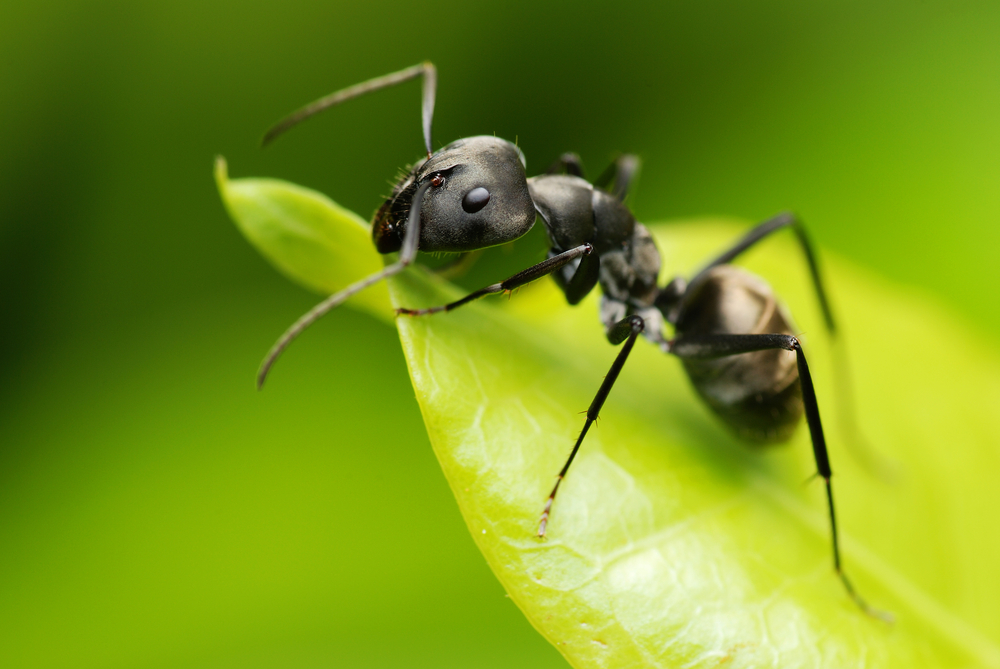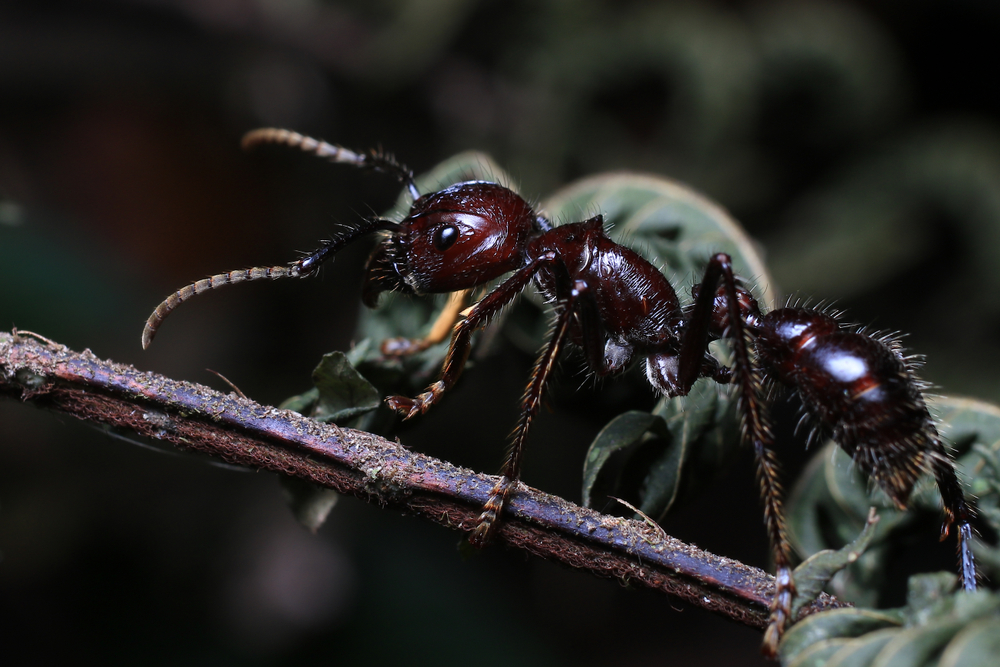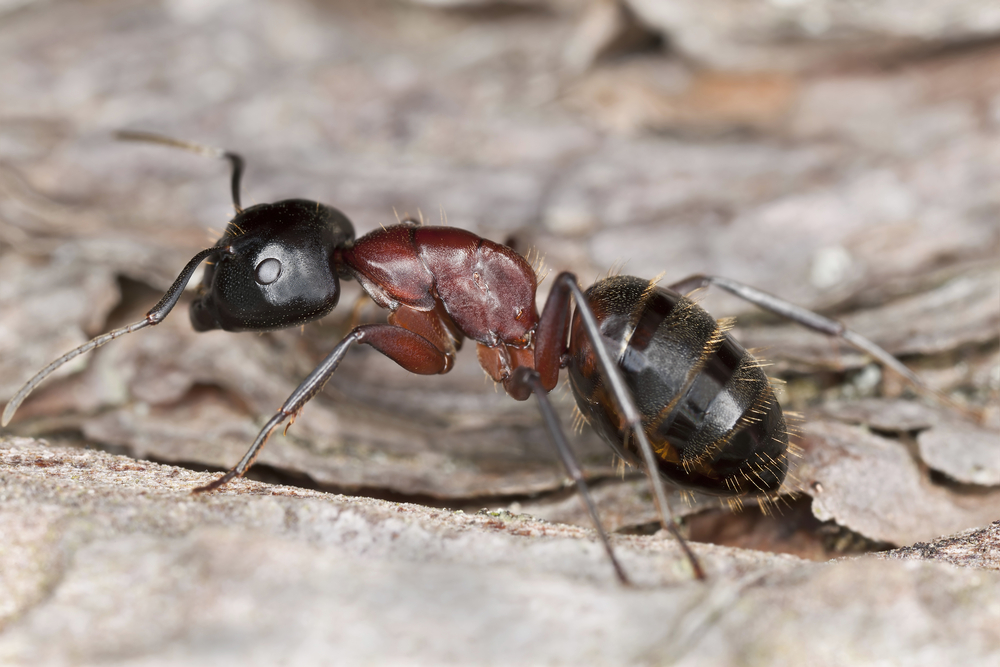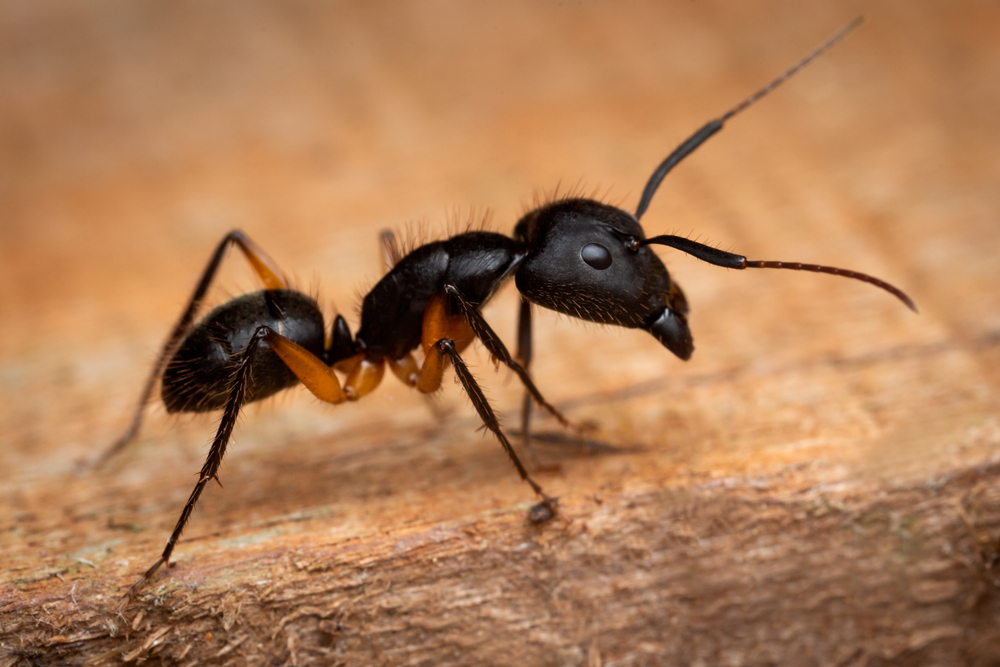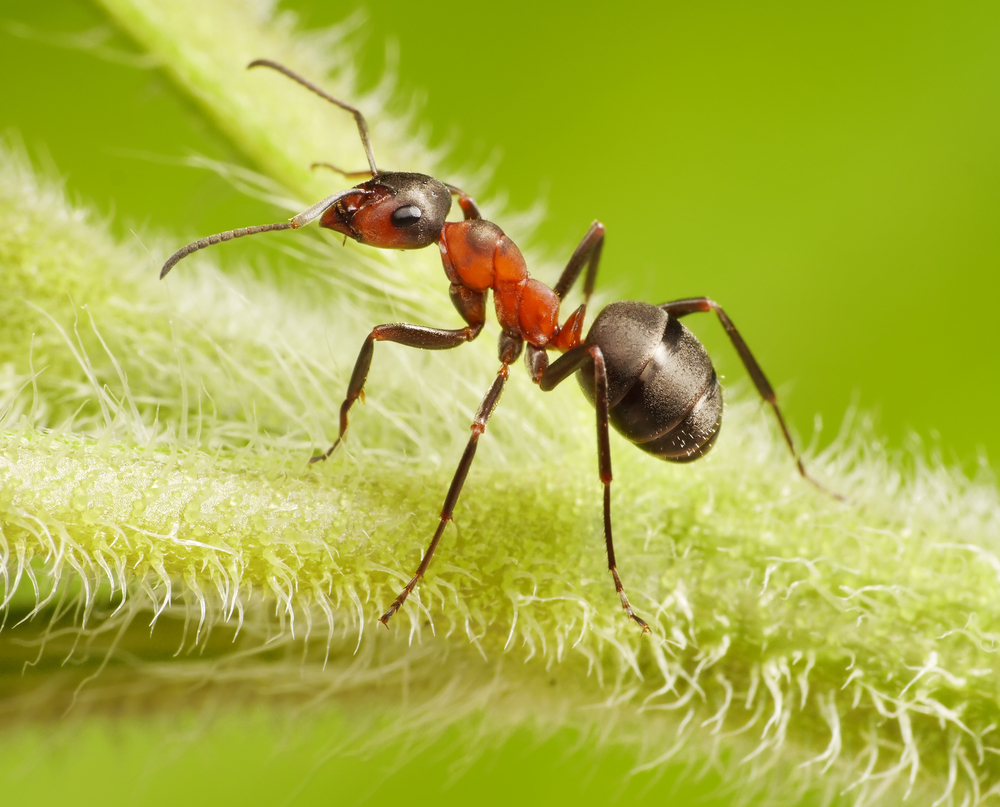Uniqueness
Silk-Woven Leaf Nests:
Weaver ants (Oecophylla smaragdina and O. longinoda) are the only ants in the world known to build nests by weaving together live leaves using silk from their own larvae. Adult workers pull leaf edges together, often forming chains with their bodies, while passing silk-excreting larvae back and forth to “glue” the leaves. These elevated green nests are marvels of cooperative construction and are a defining feature of the species.
Advanced Arboreal Architecture:
Their nests are part of an extensive three-dimensional network that can span dozens of trees, linked by ant trails and bridges formed by worker chains. Colonies may maintain over 100 leaf nests, each with distinct roles (brood chambers, food storage, etc.), forming a living ant city in the forest canopy.
Highly Coordinated Hunting Tactics:
Weaver ants are fierce and intelligent group hunters, capable of subduing prey much larger than themselves through cooperation, ambush, and swarming. They exhibit division of labor, with major workers leading assaults and minors supporting or retrieving prey. This level of tactical coordination is rarely matched in the insect world.
Mutualism with Sap-Feeding Insects:
They engage in a mutualistic relationship with aphids, scale insects, and mealybugs, “farming” them for honeydew. In return, they protect these insects from predators and parasitoids. This behavior makes them major influencers of forest food webs and even agricultural pest dynamics.
Biocontrol Superstars:
In both Africa and Asia, weaver ants are used as natural pest control agents in orchards and agroforests. Their ability to reduce populations of harmful insects makes them one of the few ant species actively farmed or encouraged by humans for ecological agriculture.
No Sting, but Potent Defenders:
Weaver ants lack a sting, but they more than make up for it with:
-
Powerful mandibles that deliver painful bites
-
The ability to spray formic acid into wounds
-
Swarming behavior—dozens may attack an intruder instantly
They’re widely considered one of the most aggressive ant species in their native range.
Communication and Bridge Building:
Weaver ants use chemical, tactile, and visual cues to coordinate long-distance movements and to form living bridges with their bodies—an engineering feat that helps them cross gaps in trees or even capture prey.
Summary:
Weaver ants are among the most unique and sophisticated ants in the world, known for their silk-woven leaf nests, group hunting behavior, mutualism with insects, and biocontrol capabilities. Their ability to engineer canopy cities, form bridges from their own bodies, and organize massive cooperative colonies makes them standout examples of social evolution and ecological dominance in tropical forests.



































































